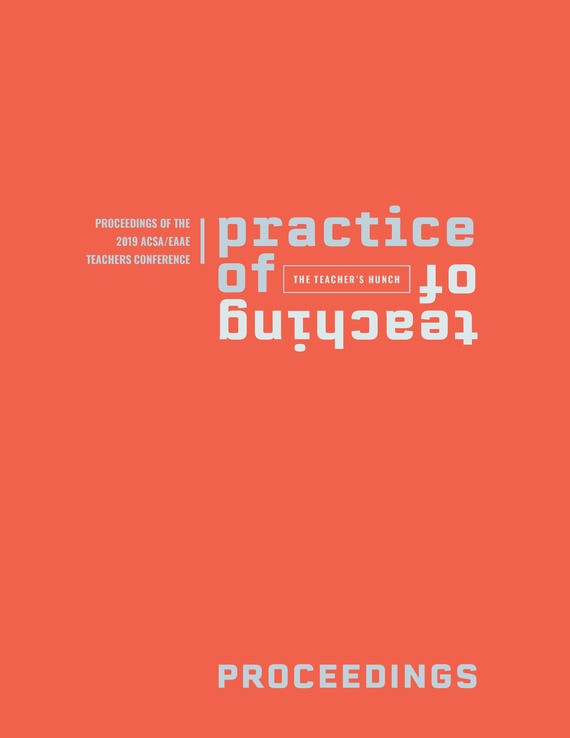Author(s): Patrick Flynn, Maureen O'Connor, Miriam Dunn & Mark Price
The ‘crit’, short for ‘criticism’, is an assessment practice central to the education of the architect, internationally. It has its roots in the psychologist, Jean Piaget’s constructivism framework which at its core aims to place the student at the centre of the learning experience and allow them to develop critical thinking and creative skills through learning-by-doing. The ‘crit’ also aims to foster a culture of learning and reflective practice as described by Donald Schon in The Reflective Practitioner – How Professionals Think In Action, 1983, so the student gains agency over their education. Because crits take place in architecture and art schools, it might be assumed that they serve these educational ends. However, there is a great deal of evidence – both empirical and critical – to suggest that crits encourage conformity rather than creativity, and that they serve dominant cultural paradigms rather than the ideal of open-ended learning.
https://doi.org/10.35483/ACSA.Teach.2019.5
Volume Editors
Richard Blythe & Johan De Walsche
ISBN
978-1-944214-23-4

 Study Architecture
Study Architecture  ProPEL
ProPEL 
